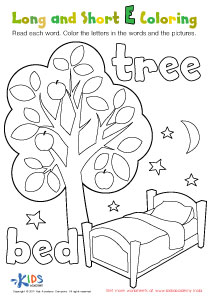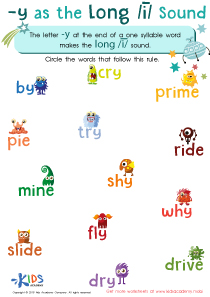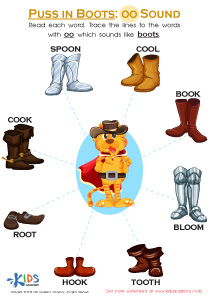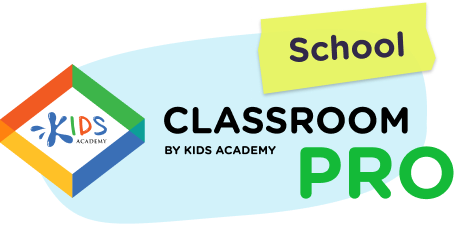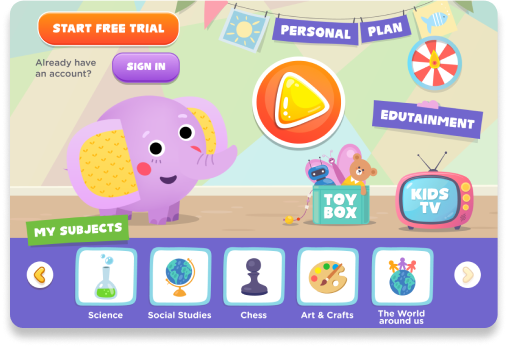Silent Vowels Worksheets for Ages 4-8
5 filtered results
-
From - To
Discover our engaging "Silent Vowels Worksheets for Ages 4-8," designed to introduce young learners to the concept of silent vowels in a fun and interactive way. These worksheets feature colorful illustrations and interactive activities that help children recognize and understand words with silent vowels. Perfect for reinforcing reading skills, these resources foster phonics knowledge while keeping the learning process enjoyable. Ideal for use at home or in the classroom, our worksheets encourage independent practice and creativity as children explore language. Empower your students' literacy journey and enhance their phonetic awareness with our thoughtfully crafted silent vowel activities.
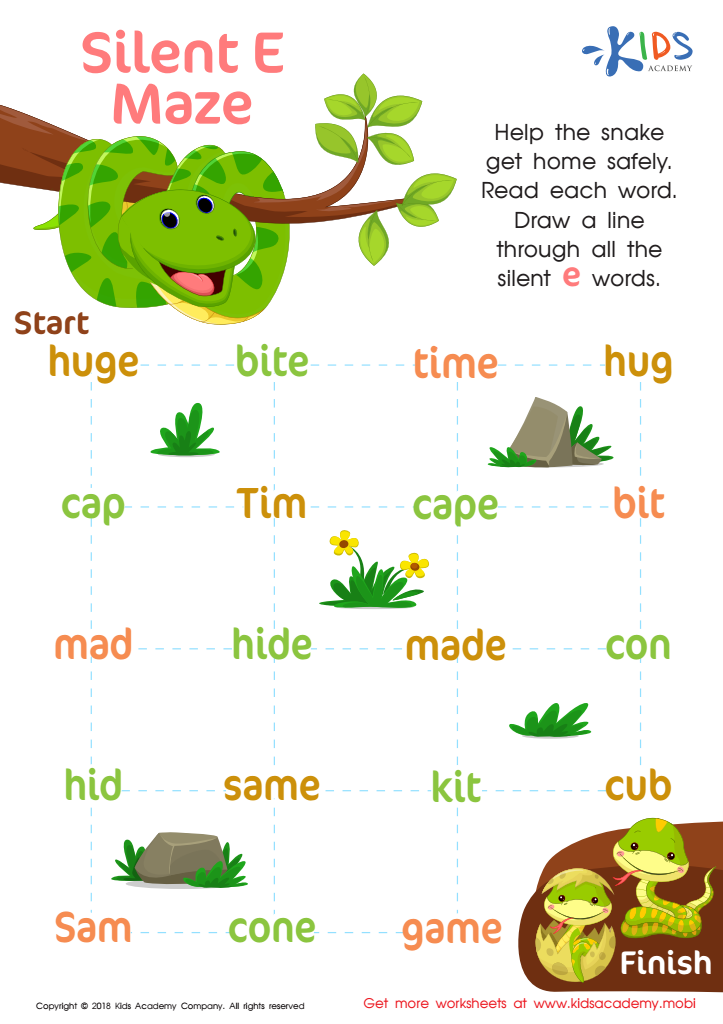

Silent E Maze Worksheet
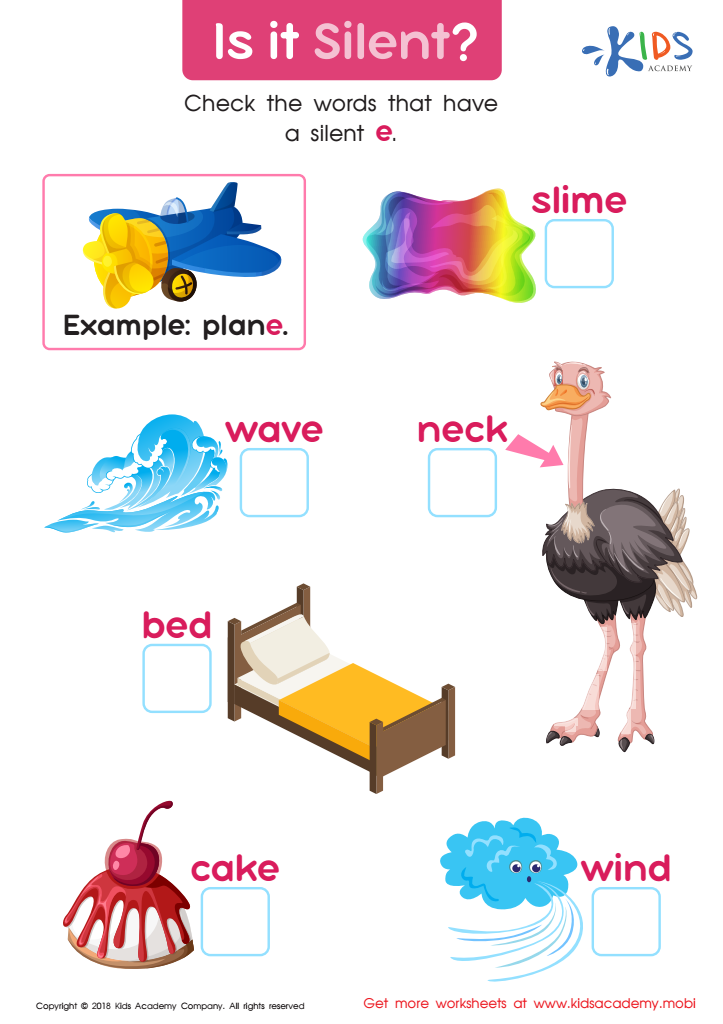

Is It Silent? Worksheet
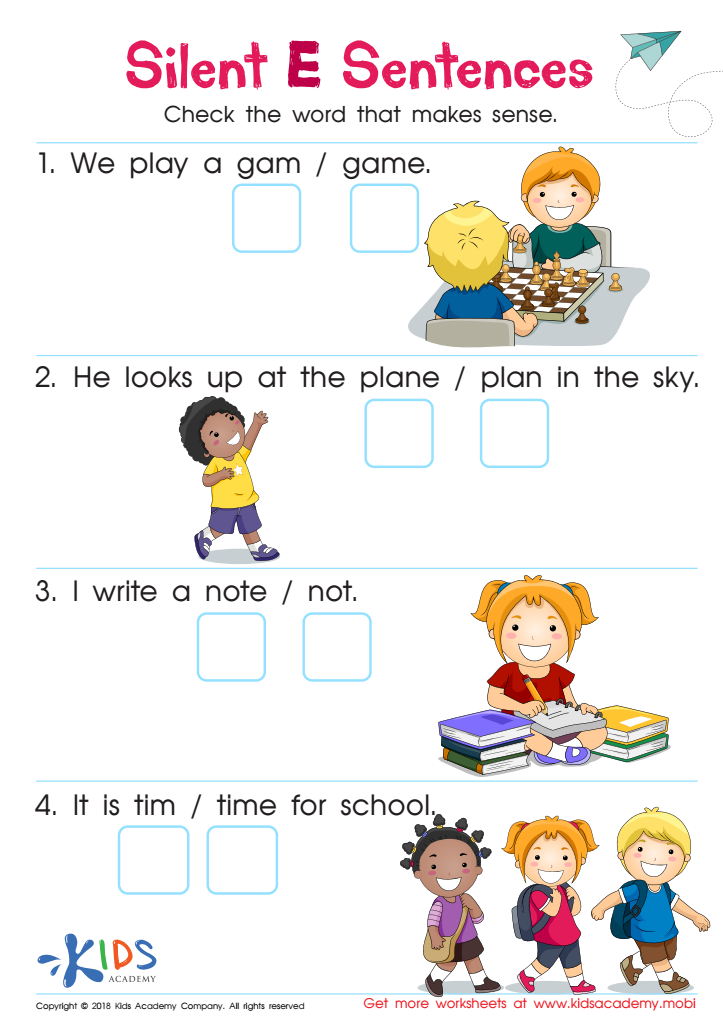

Silent E Sentences Worksheet
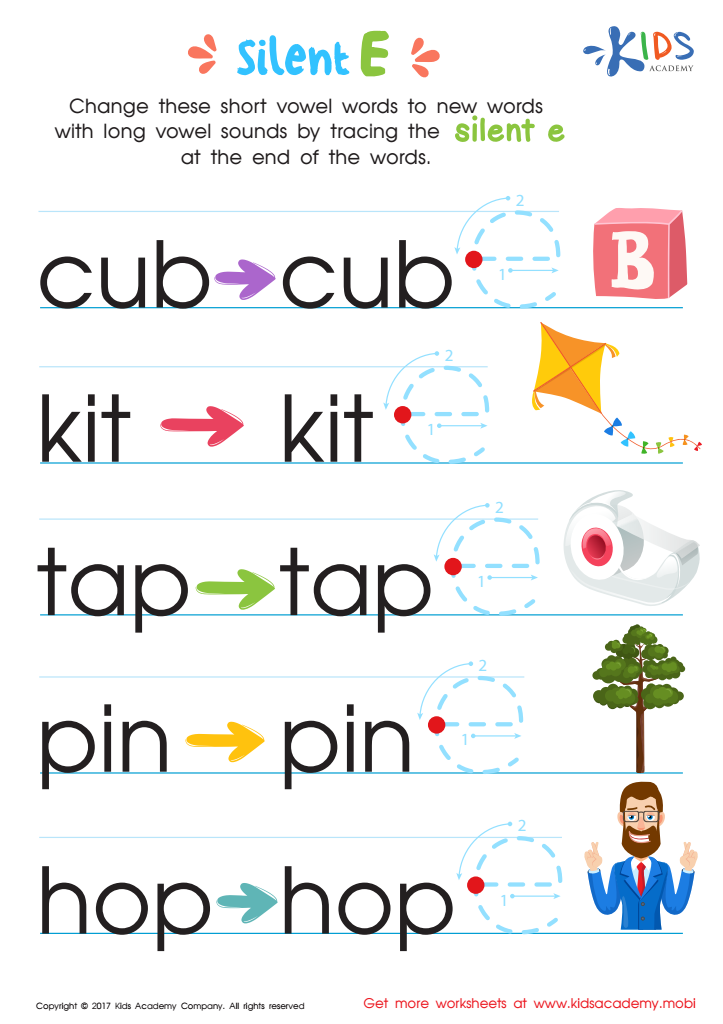

Silent E Words Worksheet
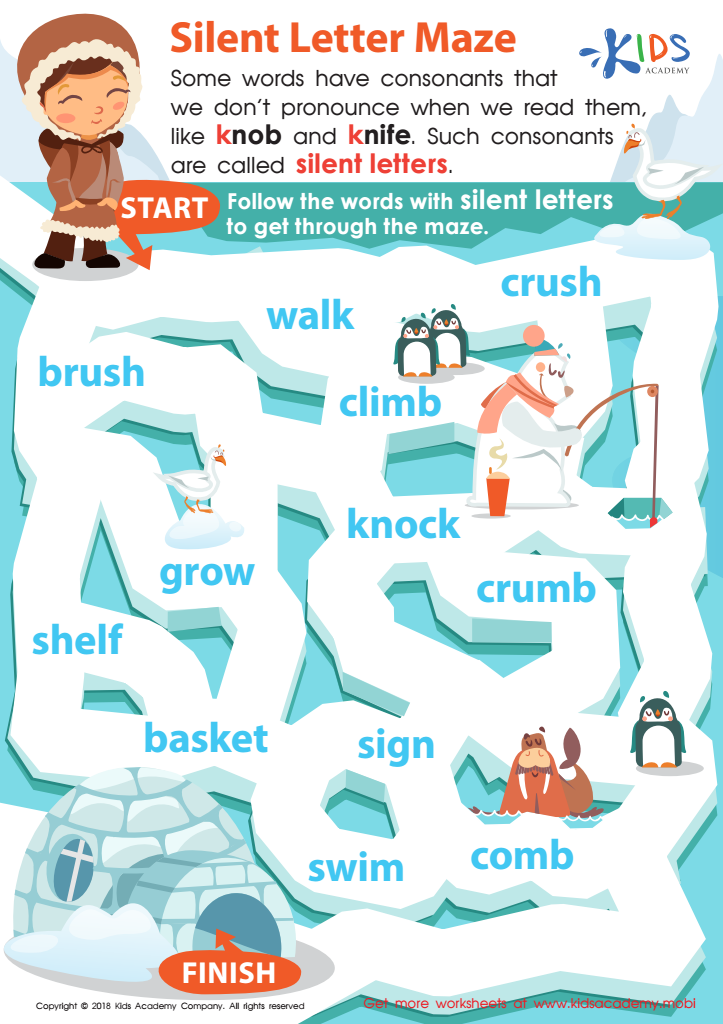

Silent Letter Maze Worksheet
Silent vowels, particularly in early literacy, play a crucial role in helping young learners aged 4-8 develop phonemic awareness and spelling skills. These vowels, often found in words like "know," "love," or "cake," enhance children's understanding of the diverse English language and its complexities. When parents and teachers emphasize silent vowels, they help children tune their ears to the subtleties of words, fostering a deeper connection to phonics and improving their ability to read and write.
Additionally, understanding silent vowels assists children in mastering tricky spelling patterns and builds their confidence as readers. When children encounter these silent elements, they learn that not all letters are pronounced, which reflects real-world language applications. This understanding can reduce frustration as they navigate the complexities of English.
Encouraging exploration of silent vowels through engaging activities, games, and storytelling not only makes learning fun but also develops critical thinking skills. Ultimately, paying attention to silent vowels equips young learners with essential tools for effective communication, setting the foundation for lifelong literacy and a love of reading. چنین, investing time and effort into teaching silent vowels supports overall language development and cultivates future academic success.
 Assign to My Students
Assign to My Students




